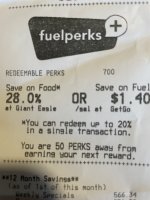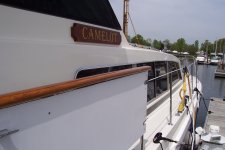Good Morning!!!! 68F @ 5:45AM.
Sunny. High near 90F. Winds light and variable.
Same forecast as yesterday...
More folks need to do what RNG has done, reduce your own risk and go on a good defense.
A few days ago I watched another video about the Camp Fire, the one that destroyed Paradise, CA in 2018. One of the people interviewed was an architect, who had designed and built his own home. It survived the big fire in Malibu, CA the same year because he used steel frame windows with extra thick glass, an ember proof construction technique, and flame proof materials. My home has vinyl frame windows and doors, stucco siding, and a concrete tile roof. I'm not confident it's ember proof, especially after watching that video. But if I'm here, I can put out whatever catches on fire. If I'm not, I still have homeowner's insurance. Not sure I'll have it next year, as insurance companies are still moving out of California, leaving their former clients high and dry. Fire isn't a new thing in the west, but the intensity of these megafires we're having now, is. And insurers are responding by dropping coverage. I think the same thing is happening with hurricanes, in that they are more violent and frequent than in the past. And the same thing is happening with insurance. The main difference between wildfire and flooding, though, is that the fuel loads the fires feed on have exploded over the past twenty years because of forest mismanagement, while flood zones have been identified for many, many years. People like me that bought homes in what are now fire prone areas did so without knowing about the growing threat. And we're being segregated from the insurance pool and losing our coverage, and in my opinion that's unfair.
Yet people still build in those flood zones, just like people are rebuilding in places like Paradise. But it may be easier to build a fire proof home than it is to build one that will ride out a flood.
Here's a
link to the video.
Got invited to my good neighbors yesterday for a delicious lunch. They've been remodeling a former drug house for the past year or so, and the downstairs is mostly done. Marie loves her new kitchen, and it and the rest of the work looks great. But I was there mostly to look over the steering on a large wagon of theirs, one that had failed while hauling a load of family members. Several of them, including a small child, got dumped on the ground when the pin that served as a pivot for the front axle dropped out due to a faulty weld. Scott and I looked over the parts and agreed that a grade 8 bolt of sufficient length to pass through the mount on both the wagon and axle would be much safer than what had failed, and would also be fairly easy to implement.
Scott also owns the big trencher my contractor friend had used on the driveway, and wanted to move the trencher back to my place. I was going to give him a ride back to my place in the van, but it wouldn't start. The old crank-no-start issue had returned. He ended up towing me home with a strap and his old Bronco, then I followed him home in the Bronco while he drove the trencher, then he brought me back home in the Bronco. Glad it didn't happen while I was in town, or worse, down in Hollister this past spring.
When I got back, I measured a whopping 28 volts at the terminals of the fuel pump, hard to believe with only a 12 volt battery powering things. But I measured that voltage at the fuel pump relay, too, so I believe it's somehow real. It sure has me scratching my head...



